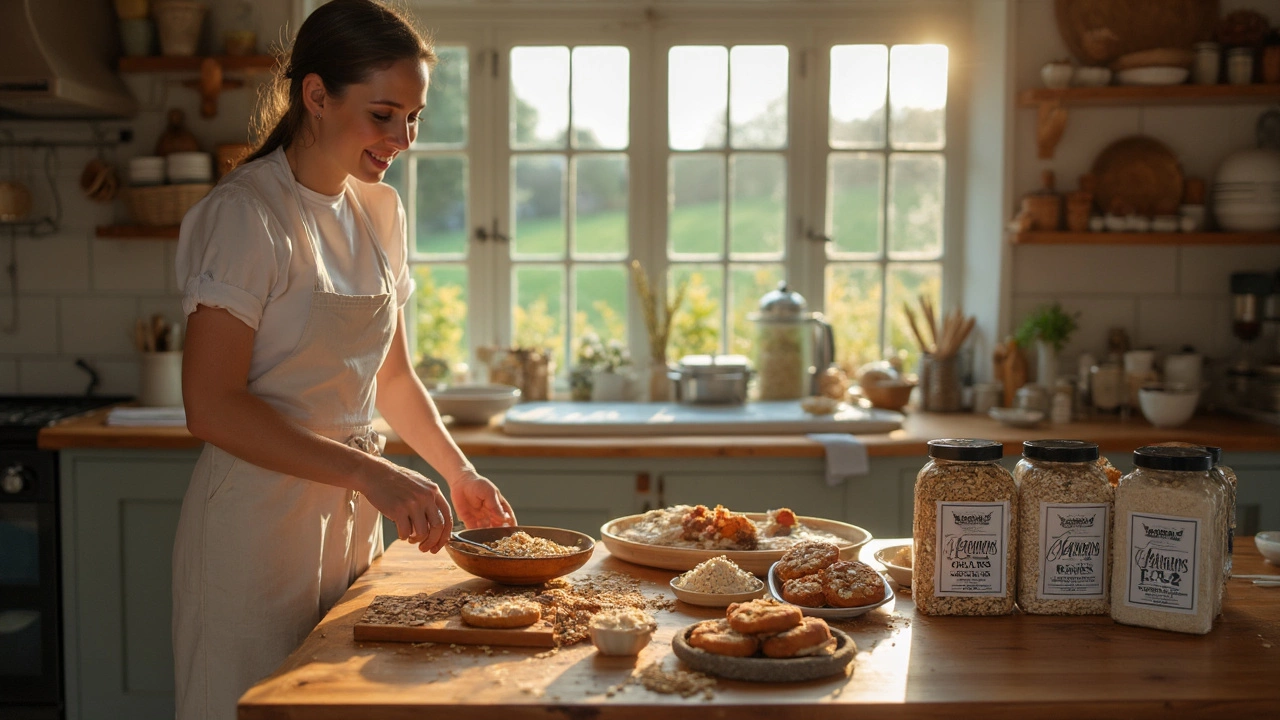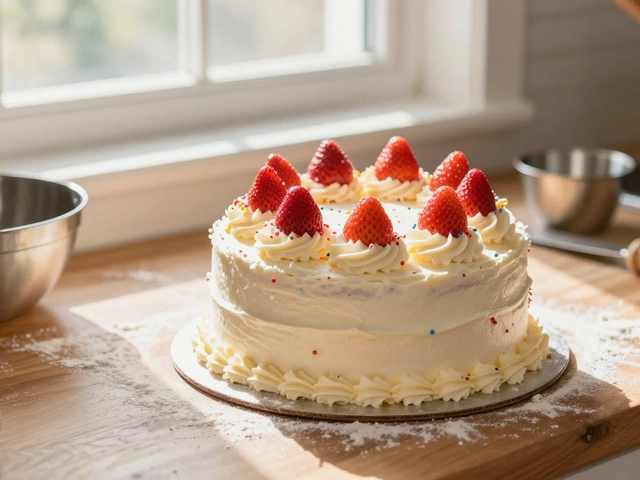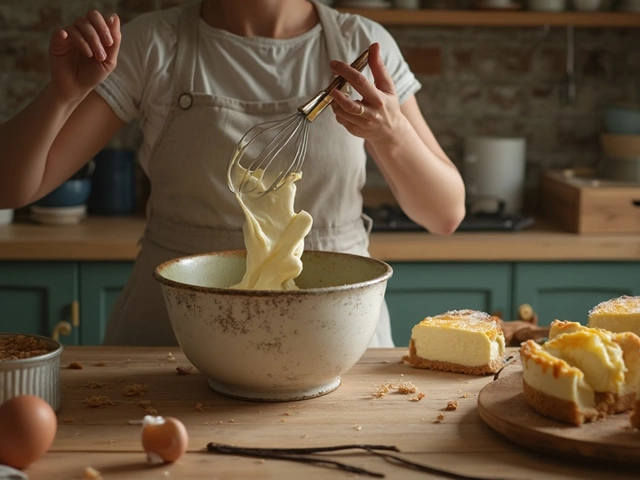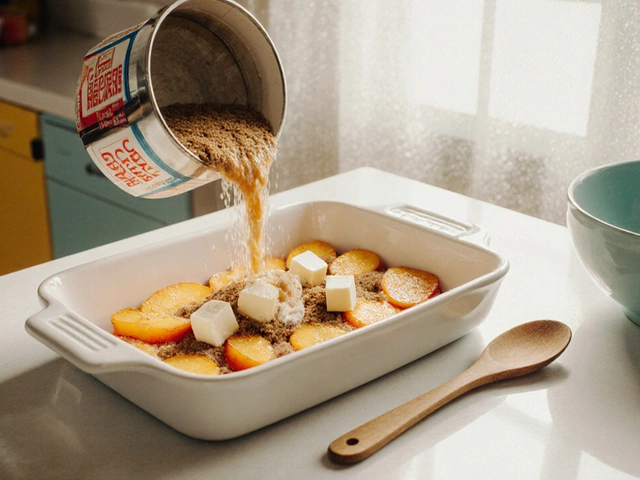Gluten Contamination: Simple Tips to Keep Your Kitchen Safe
Ever wondered why a tiny speck of flour can ruin a gluten‑free meal? That tiny speck is the heart of gluten contamination, and it’s the biggest headache for anyone with celiac disease or gluten sensitivity. Understanding how it spreads and what you can do right now makes the difference between a safe plate and a painful reaction.
What is Gluten Contamination?
Gluten contamination, also called cross‑contact, happens when gluten‑containing foods share the same space, tools, or surfaces with gluten‑free items. It’s not about the recipe itself—it’s about the kitchen environment. A spoon that scooped wheat flour can leave enough gluten particles to affect a gluten‑free batter. Even airborne flour dust can settle on a clean bowl and cause trouble.
For people with celiac disease, even a few milligrams of gluten can trigger symptoms. That’s why the term “contamination” matters more than “trace amounts.” It’s a real risk you can control with a few habits.
Practical Ways to Prevent It
1. Separate work zones. Designate a gluten‑free area on your countertop. Use a different cutting board, mixing bowl, and set of utensils that stay only in that zone. When you need to switch back to regular baking, clean the area thoroughly first.
2. Label everything. Mark containers with bright stickers that say “GLUTEN‑FREE.” This prevents accidental grabs and reduces confusion for anyone else using the kitchen.
3. Clean equipment thoroughly. Wash bowls, mixers, and spatulas with hot, soapy water after every use. A quick swipe with a damp cloth isn’t enough—lipids from previous mixes can trap gluten.
4. Use dedicated appliances. If you bake often, consider a separate stand mixer or a small food processor for gluten‑free recipes. Even a tiny amount of dough left in the crevice of a regular mixer can contaminate the next batch.
5. Keep utensils covered. Store spoons, whisks, and measuring cups in a drawer with a lid. Open utensils collect dust, and that dust may contain gluten from earlier baking sessions.
6. Watch the pantry. Store gluten‑containing flours on a high shelf, away from the gluten‑free flours. If they share a bin, shuffle the contents gently to avoid mixing.
7. Educate family and guests. A quick note at the kitchen entrance reminding people to wash hands before handling gluten‑free items goes a long way. Even a brief “Did you wash your hands?” can stop accidental transfer.
8. Use parchment or silicone mats. These create a barrier between the tray and any stray flour particles that might have settled on the countertop.
Following these steps doesn’t require a major remodel—just a few mindful changes. The payoff is a kitchen where everyone, whether they avoid gluten or not, feels confident about the food they’re eating.
Remember, gluten contamination is about habit, not luck. The more consistent you are with these simple practices, the lower the risk becomes. So next time you bake a batch of gluten‑free brownies, you’ll know exactly how to keep them safe, tasty, and free from unwanted gluten.






